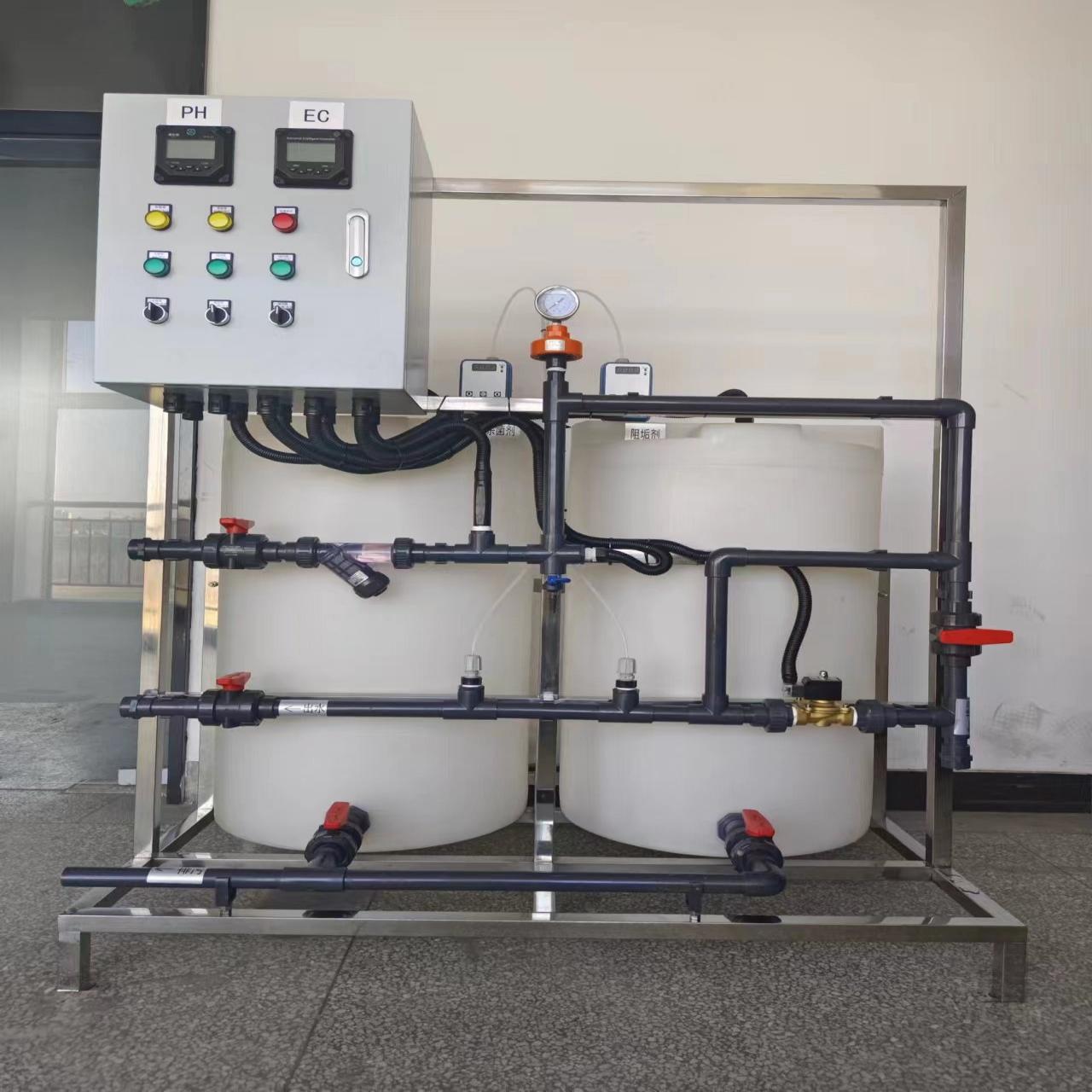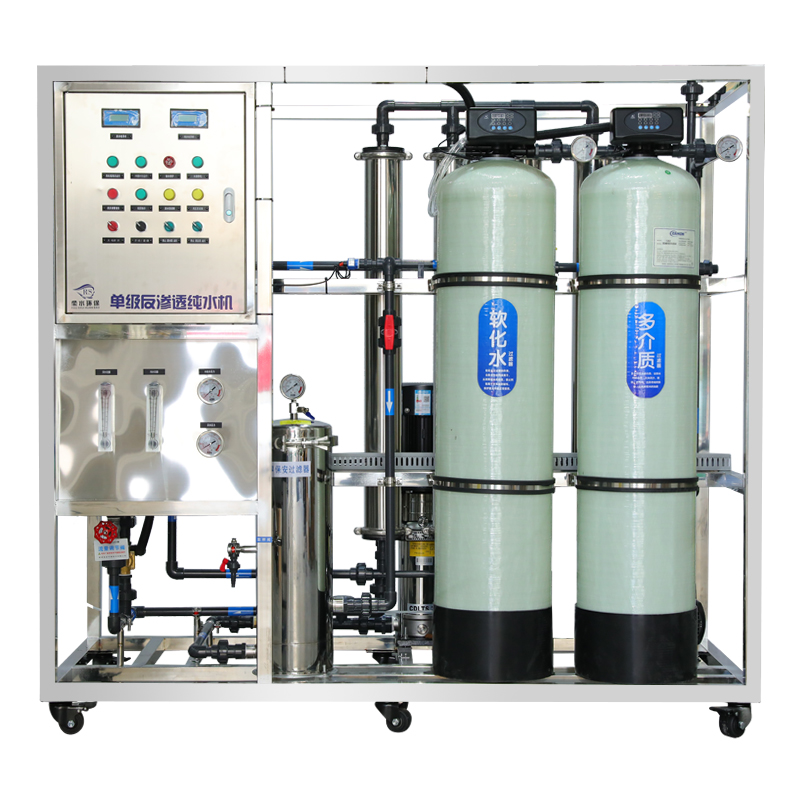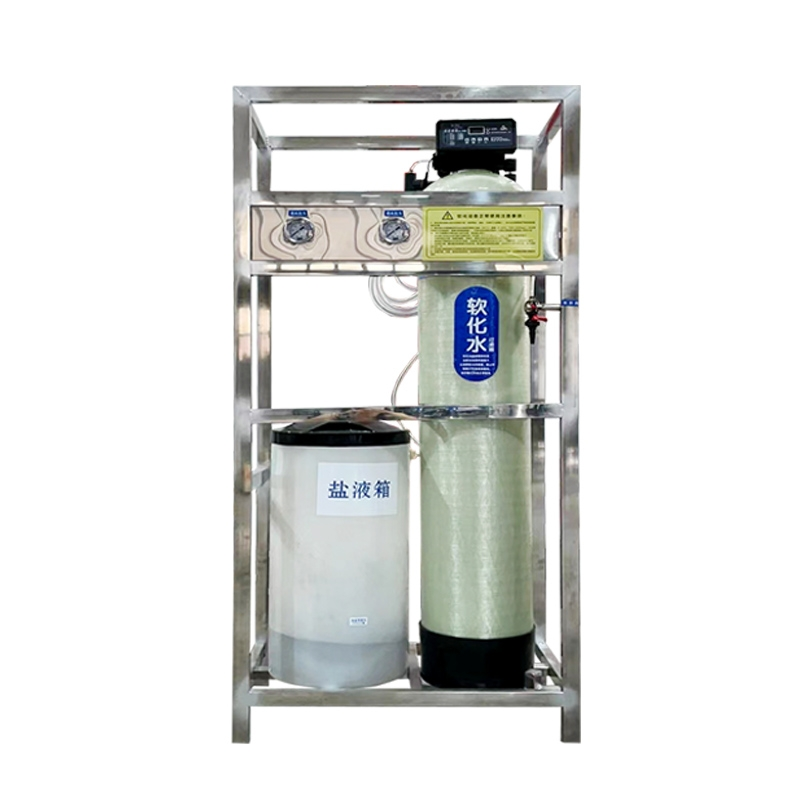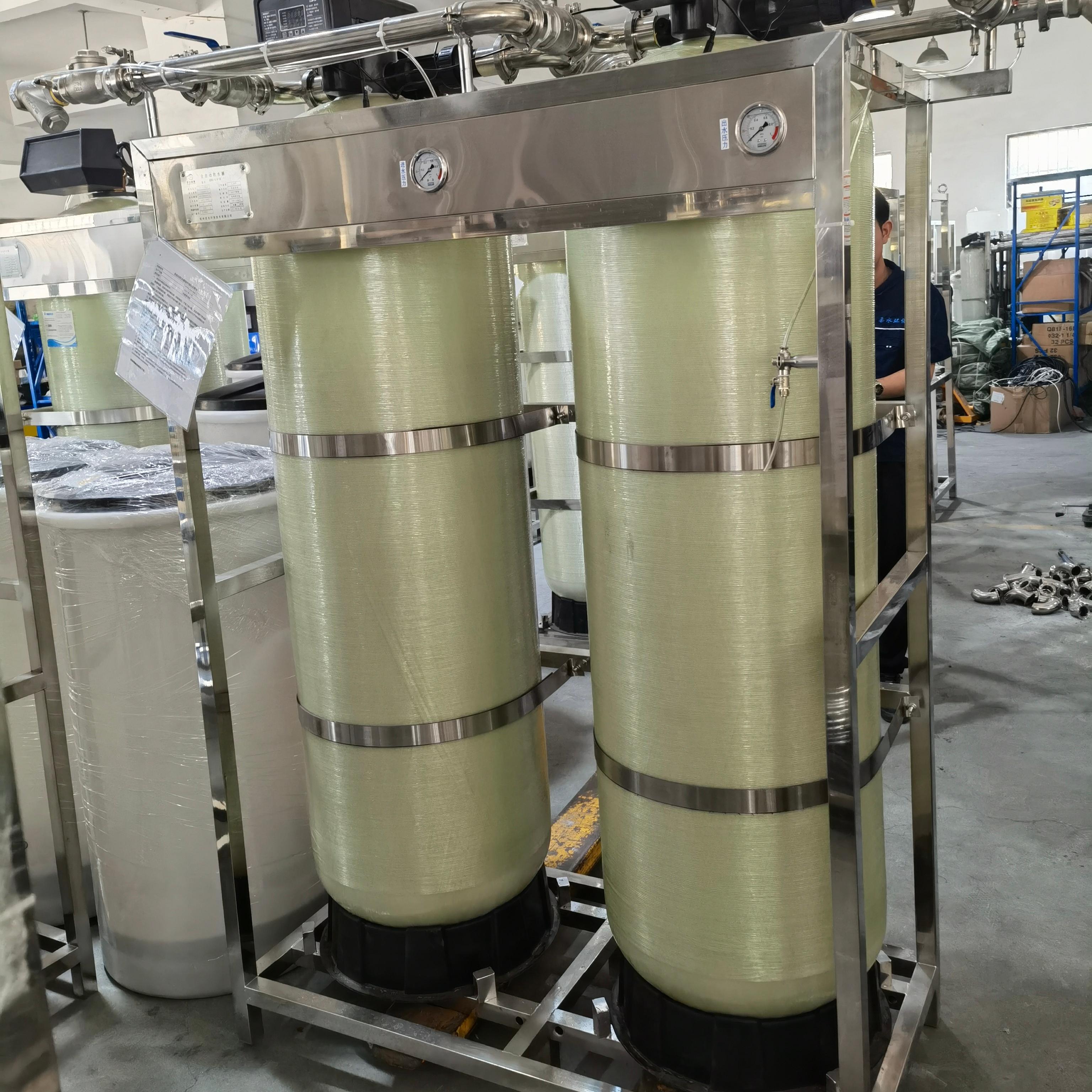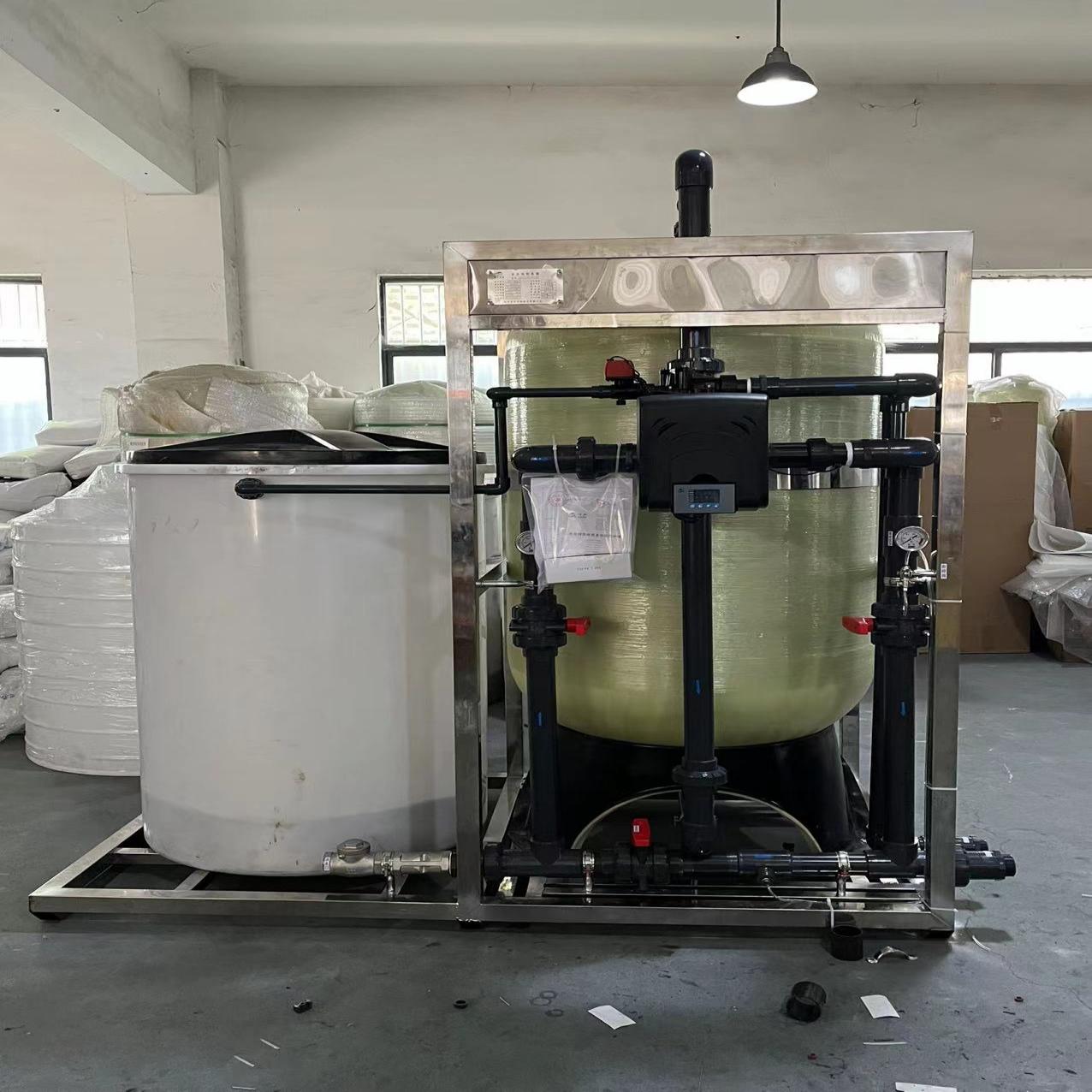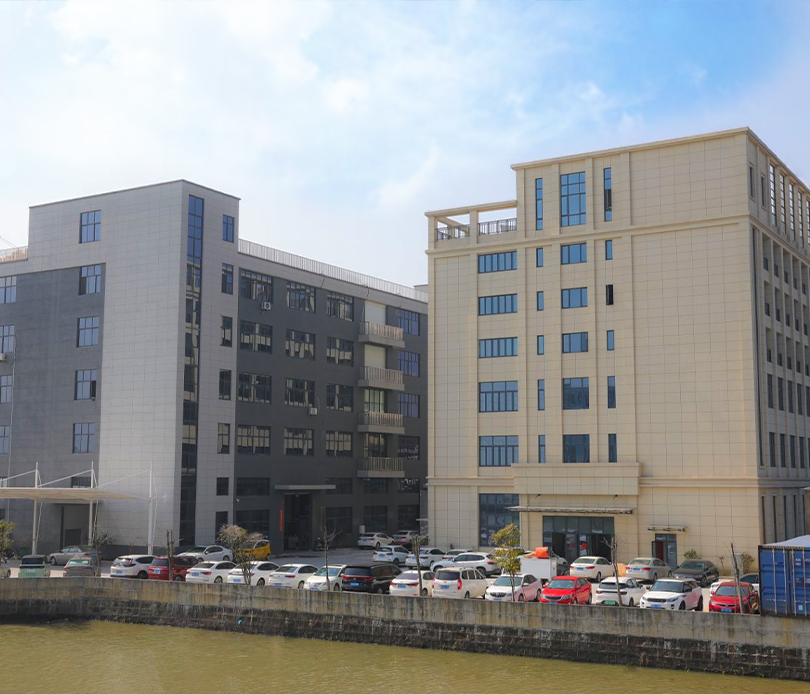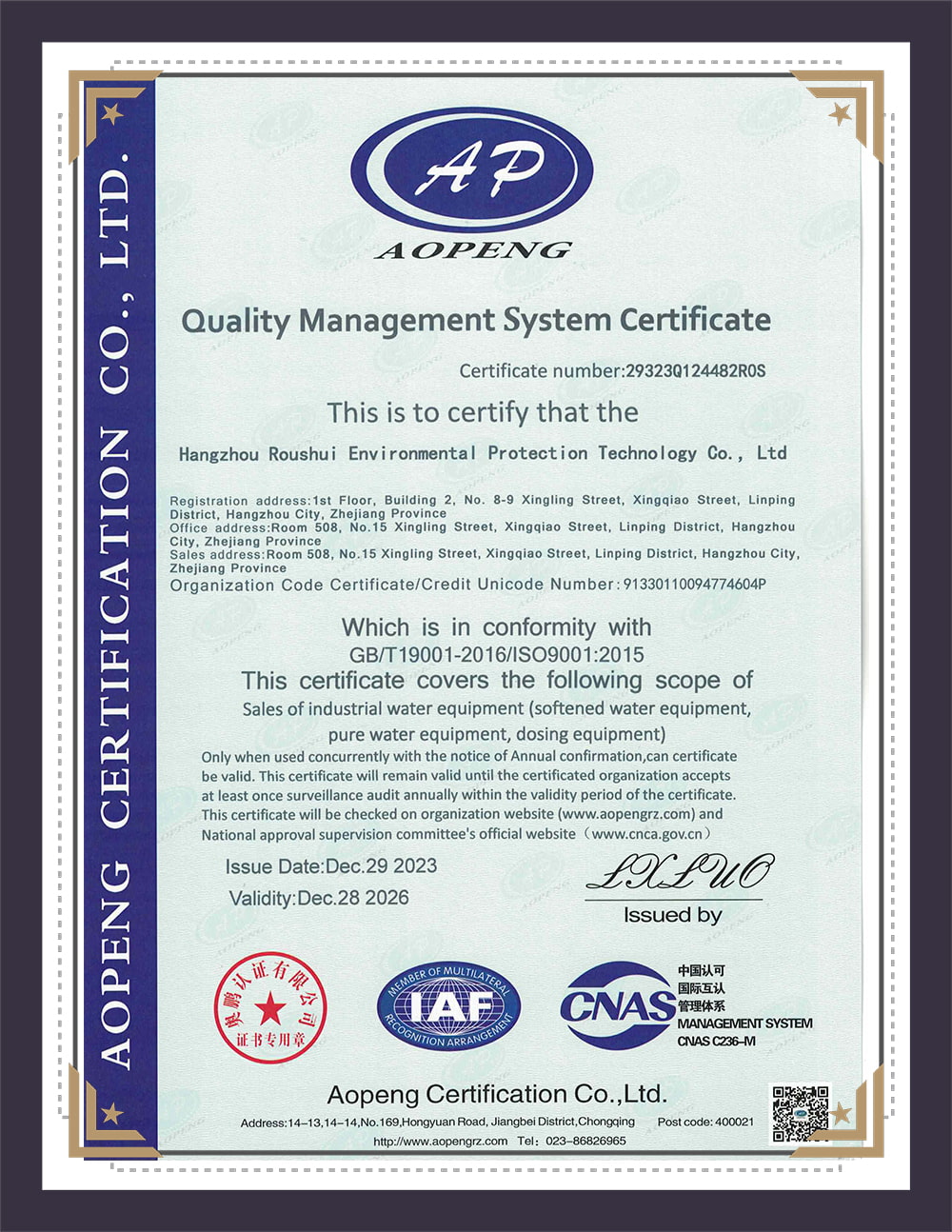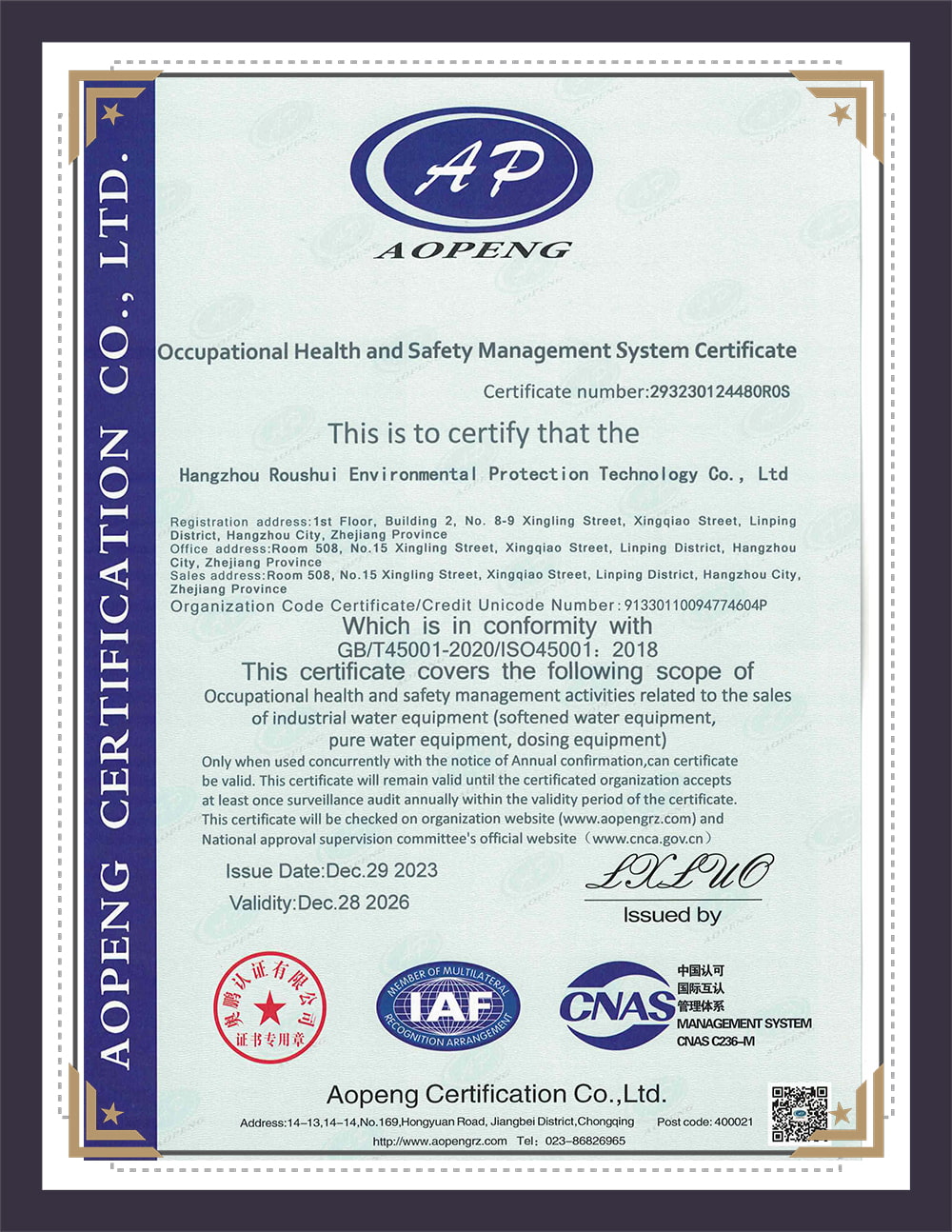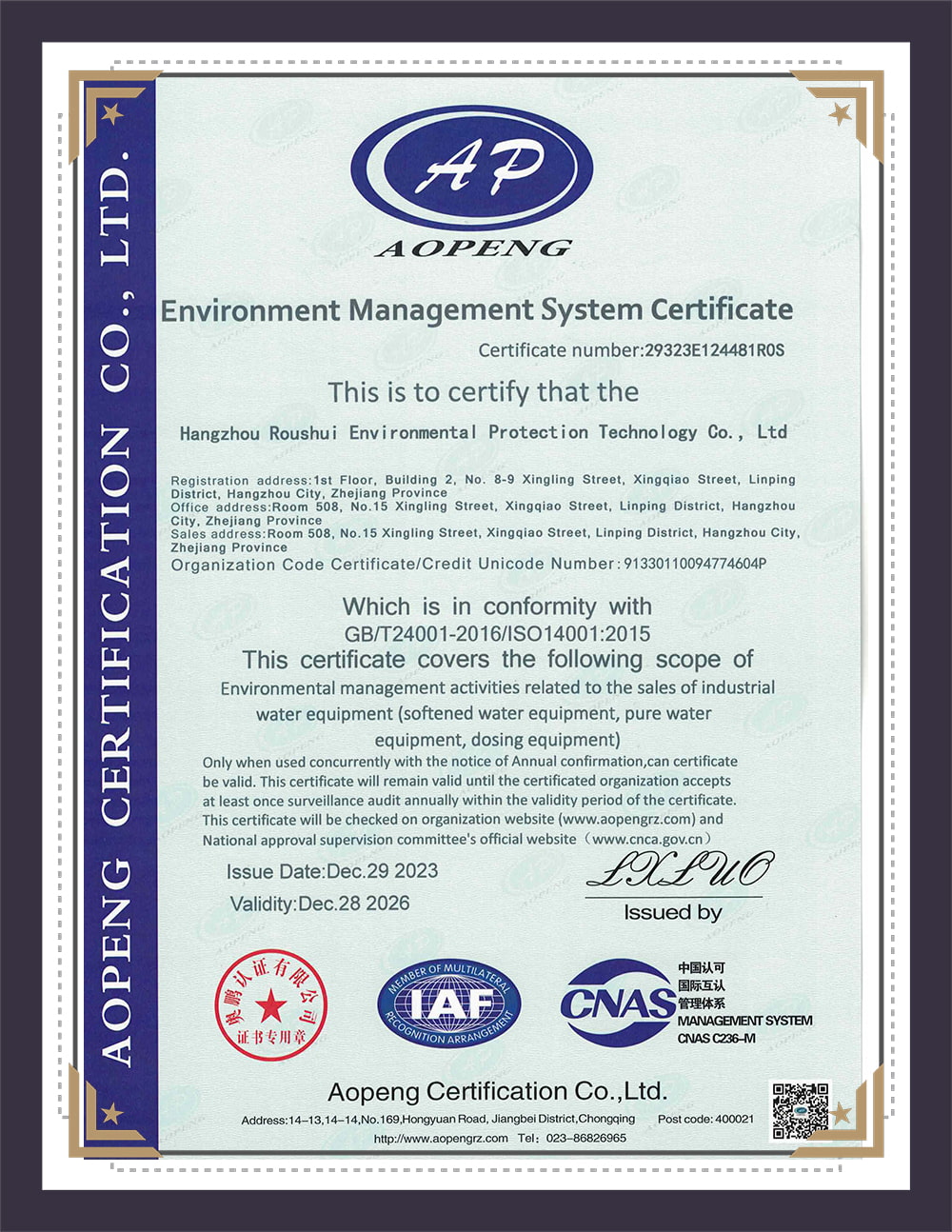The scale prevention and sterilization double pump double barrel circulating water dosing device is an integrated dosing system equipped with two independent dosing pumps and agent storage barrels, which are used to add scale inhibitors and bactericides respectively, ensuring the independent addition of each agent to avoid cross contamination or agent reaction. The equipment can adjust the dosage of the agent according to the real-time changes in water quality to ensure stable water quality and achieve the best treatment effect. It is usually used in circulating water treatment systems to prevent scale deposition, microbial growth, and improve water quality and equipment operation efficiency.
The equipment is equipped with a dual-pump dual-barrel system, which is used to accurately add scale inhibitors and bactericides respectively, ensuring independent dosage of agents to avoid cross contamination. The built-in intelligent control system can automatically adjust the dosage of agents according to changes in water quality to ensure stable water quality. By using scale inhibitors and bactericides together, impurities are effectively removed and microorganisms are inhibited, scale and bacteria growth are prevented, and the life of the equipment is extended. The equipment is made of corrosion-resistant materials, adapts to harsh environments, ensures long-term stable operation, and has a simple design and is easy to maintain. Regular inspections can maintain efficient operation. At the same time, optimizing water quality can improve heat exchange efficiency, reduce energy consumption, and reduce operating costs.
This equipment is widely used in industrial circulating water treatment, building air conditioning systems, and environmental water treatment. In the chemical, electric power, metallurgical and other industries, it prevents scale and microbial contamination to ensure efficient operation of equipment; in large buildings and air conditioning systems, it adjusts water quality to prevent system corrosion and scaling; in sewage treatment or water reuse systems, it optimizes water quality to meet environmental emission standards. At the same time, by optimizing water quality, it improves heat exchange efficiency, reduces energy consumption, and reduces operating costs, and is suitable for occasions where strict water quality control is required in industries such as electronics, electroplating, and papermaking.

 English
English Español
Español عربى
عربى